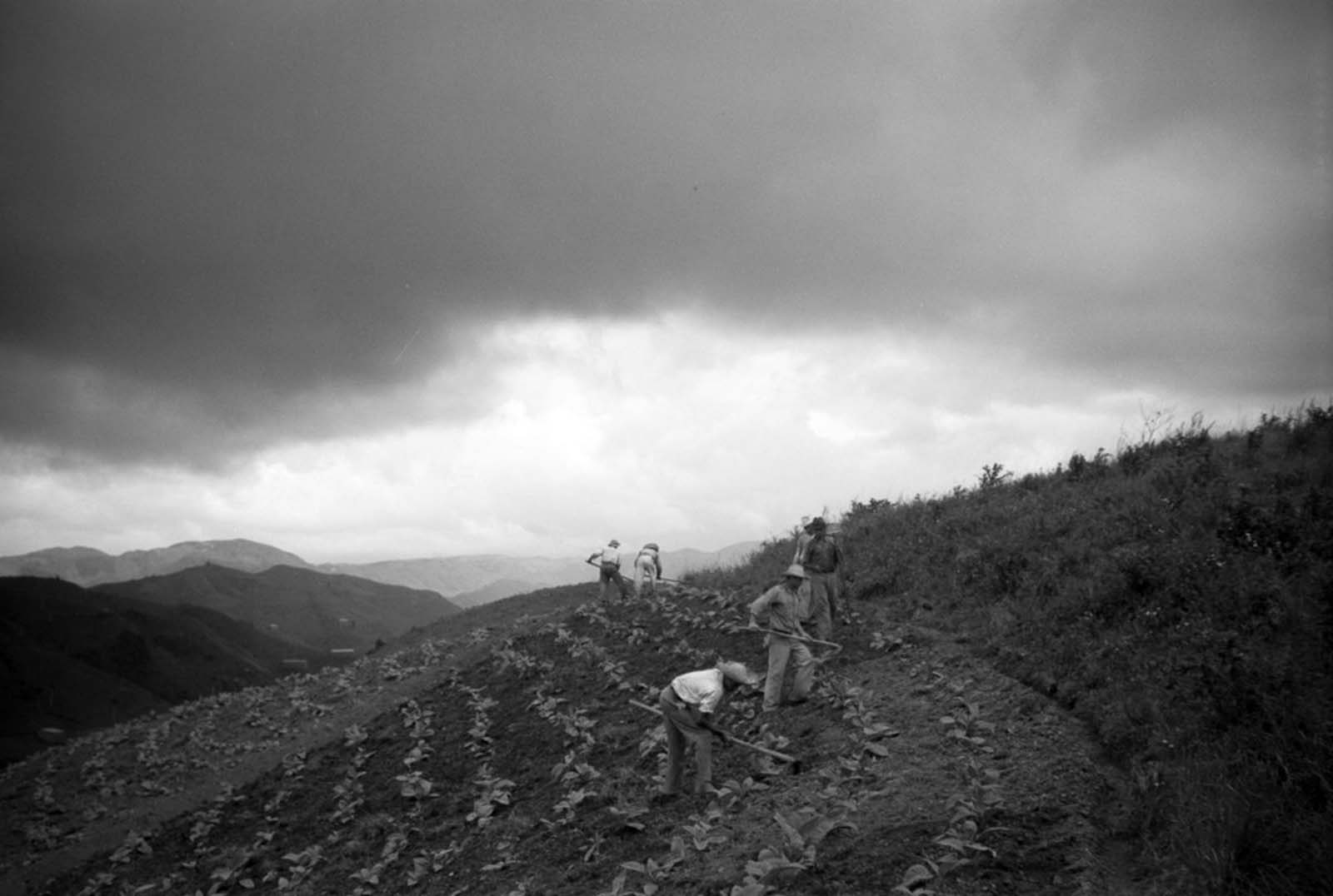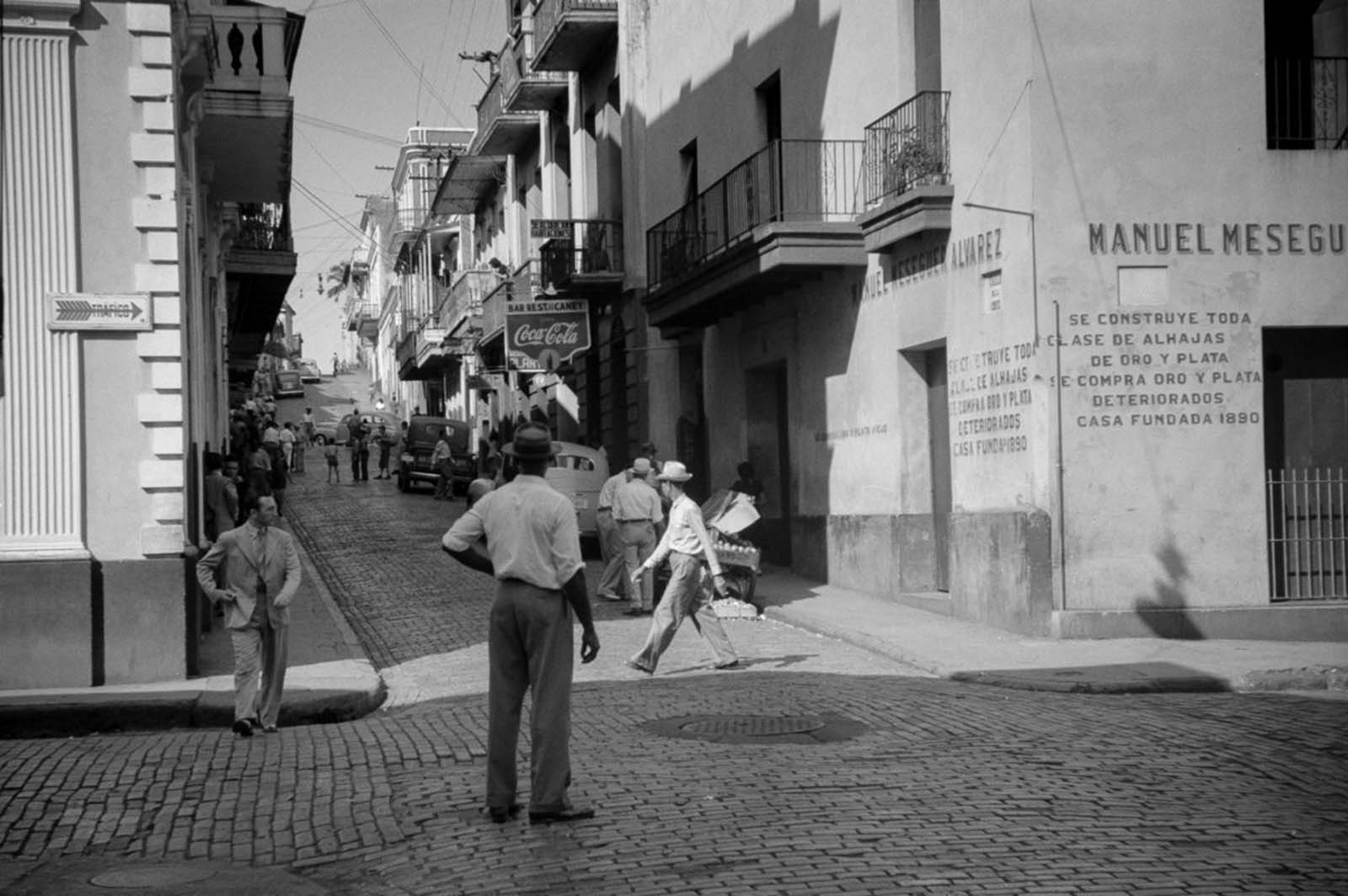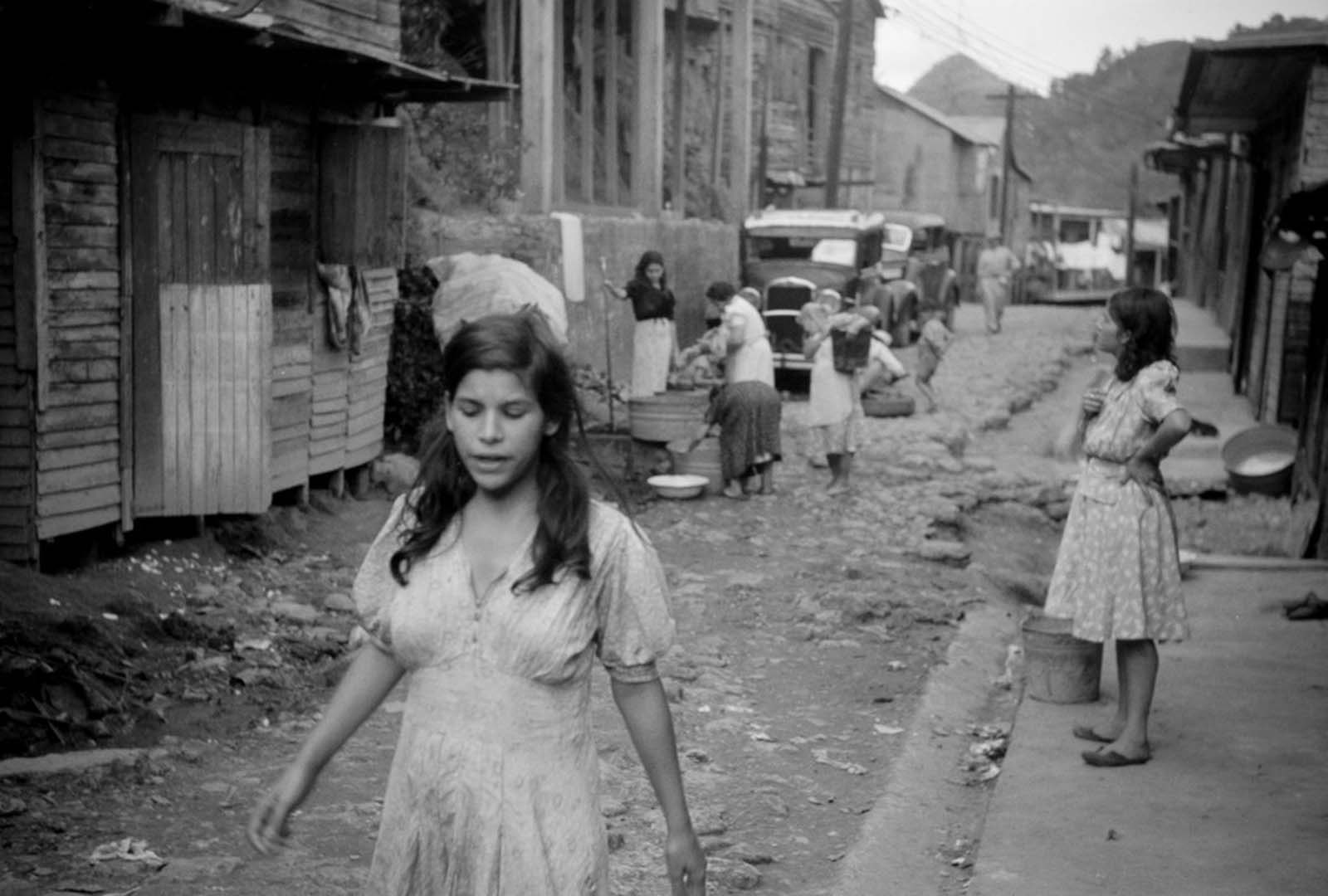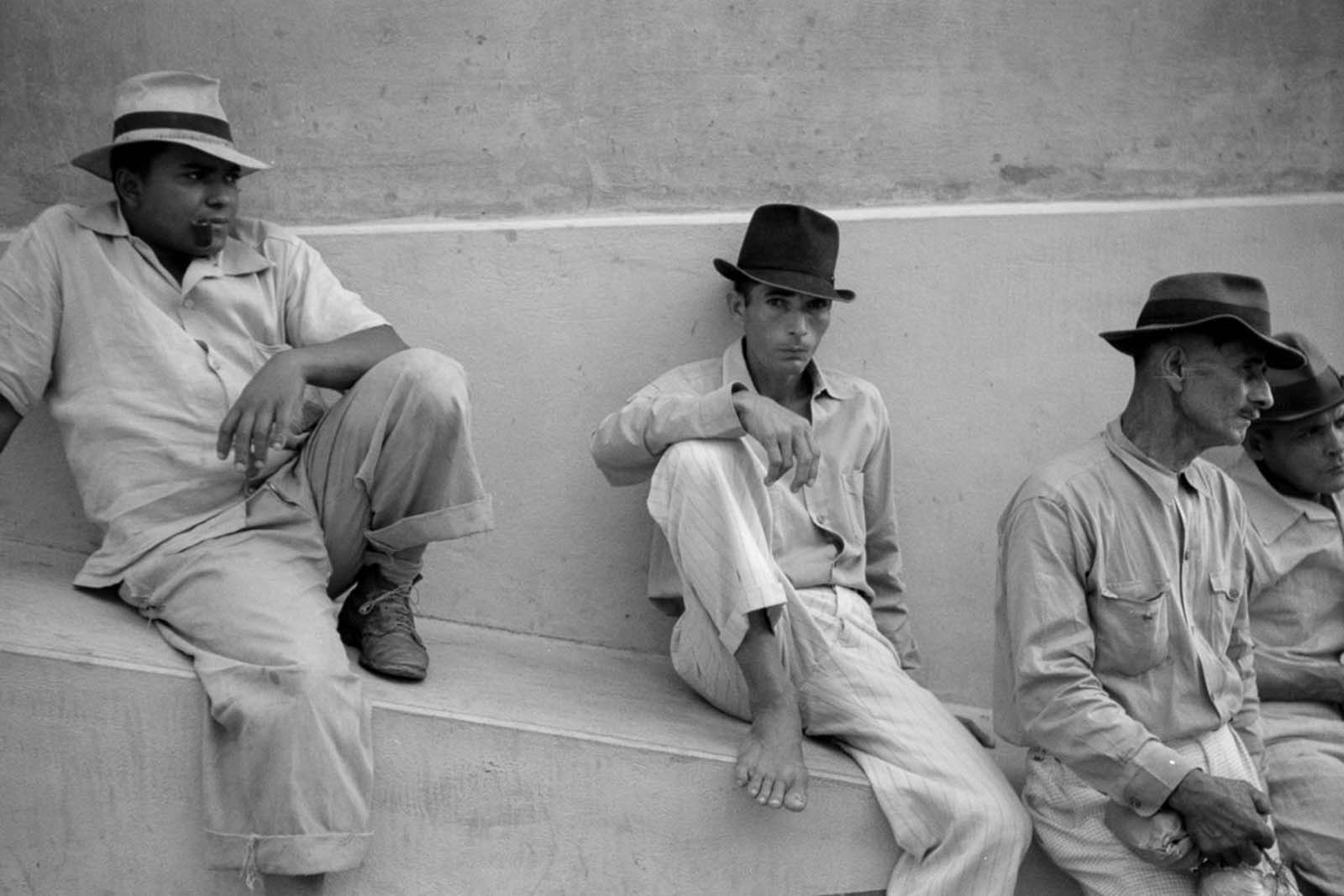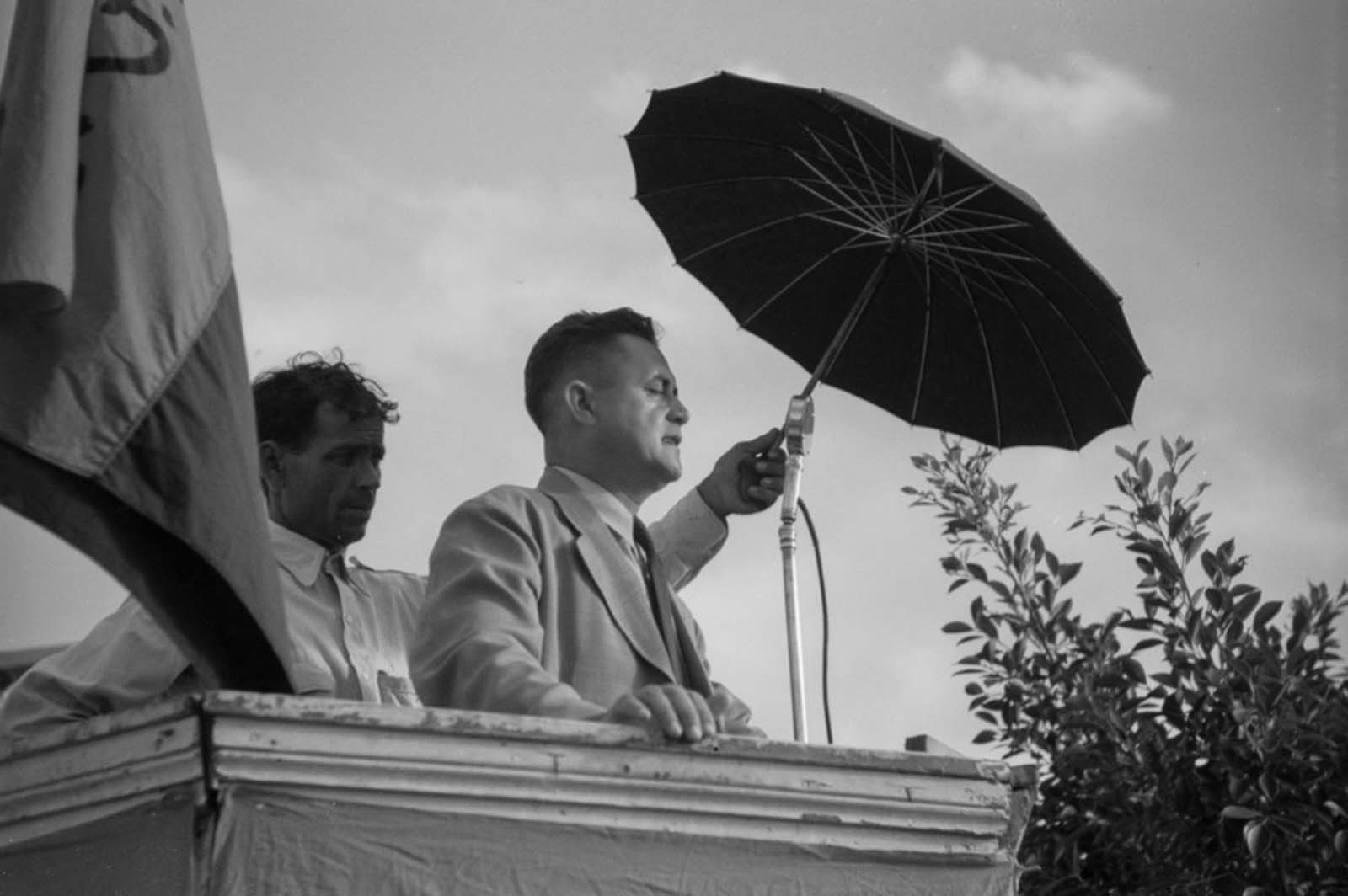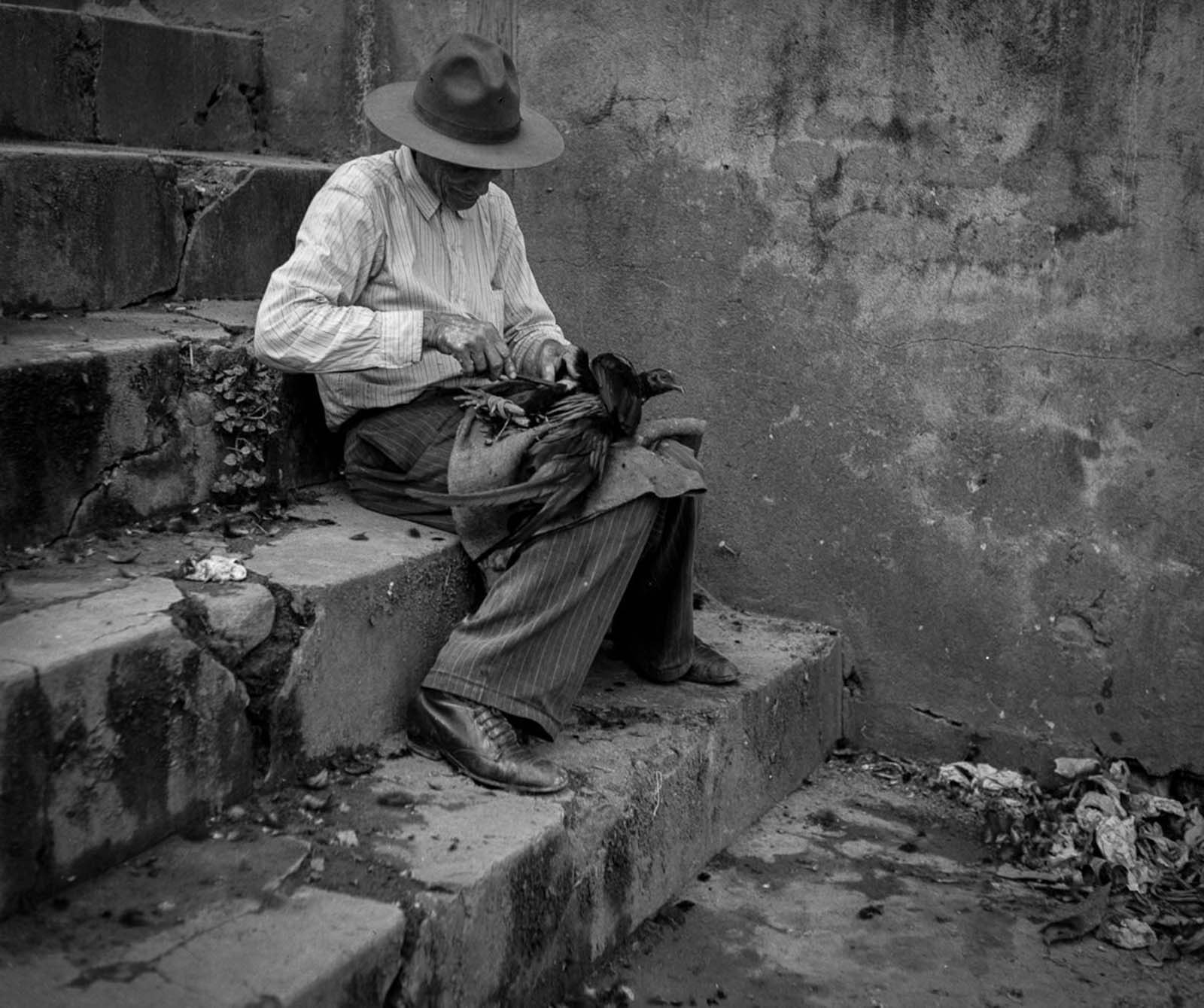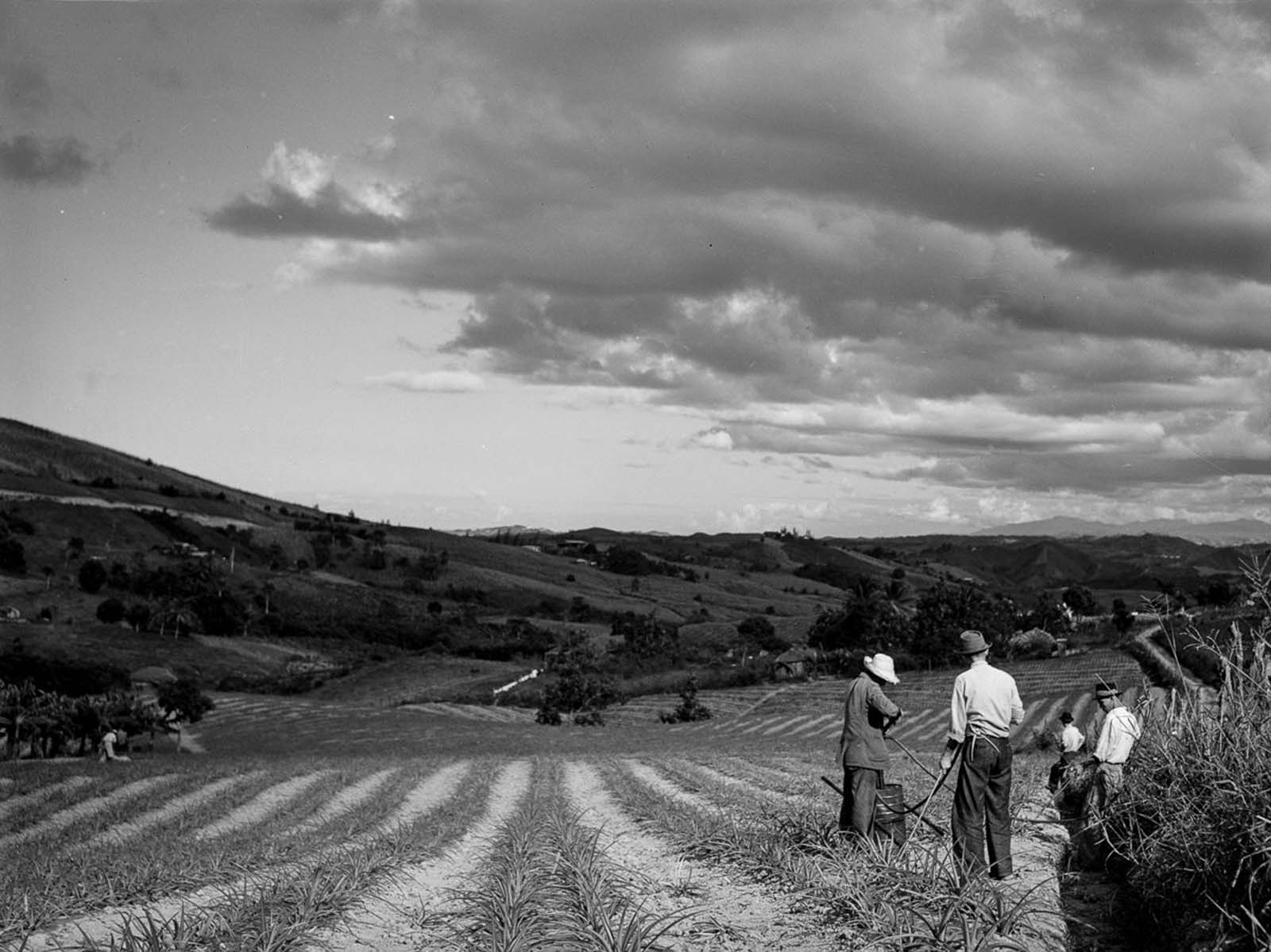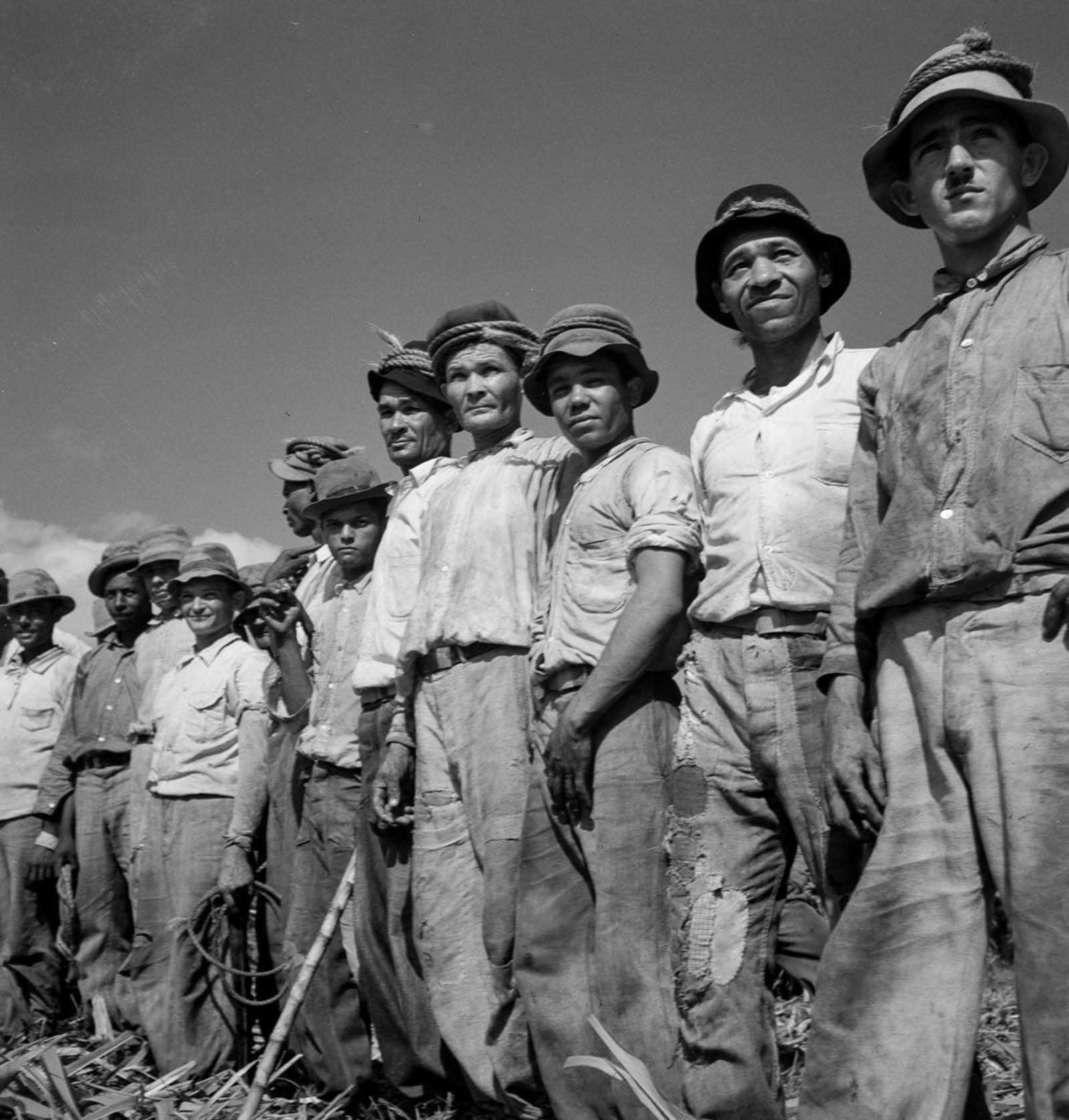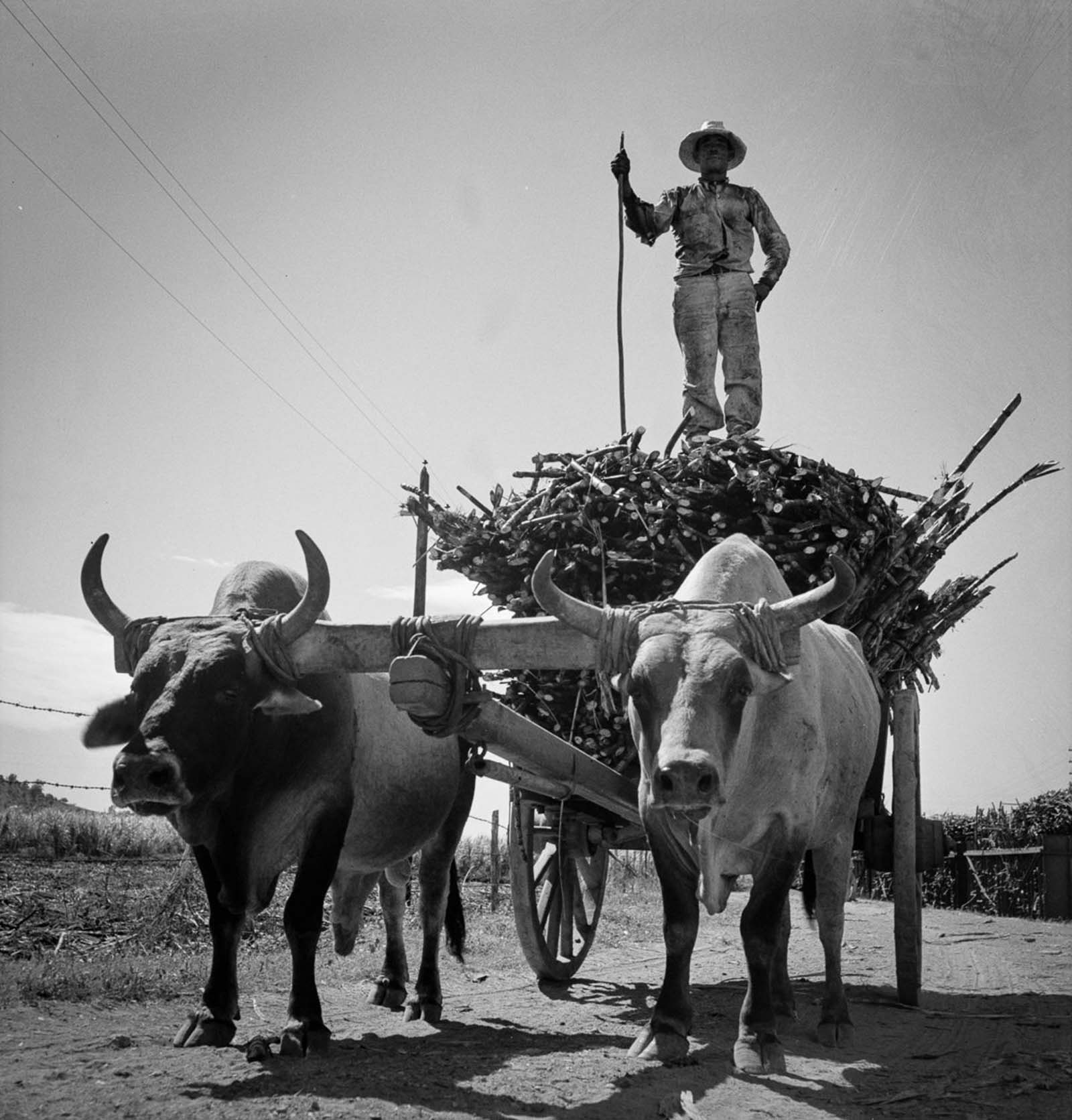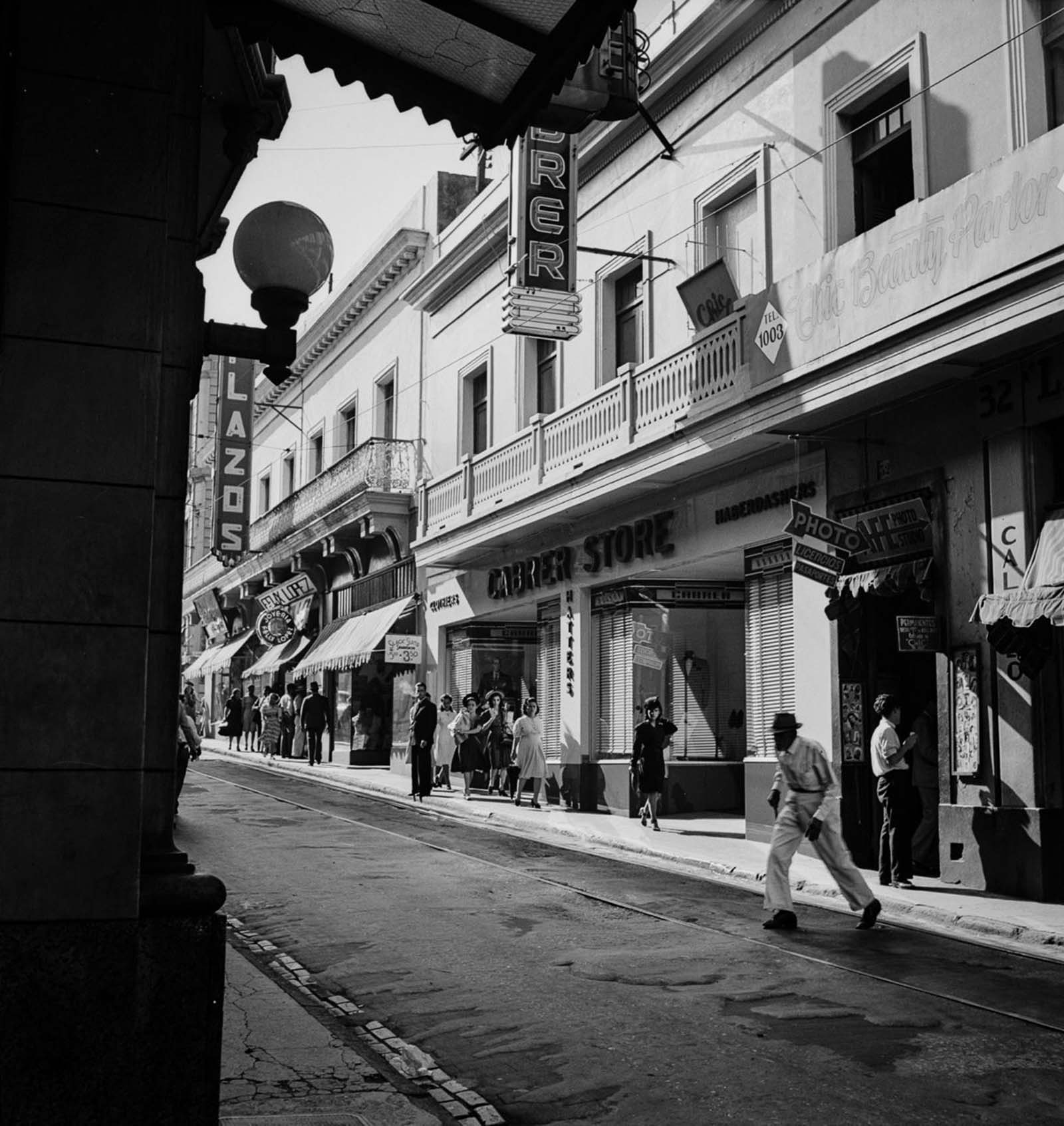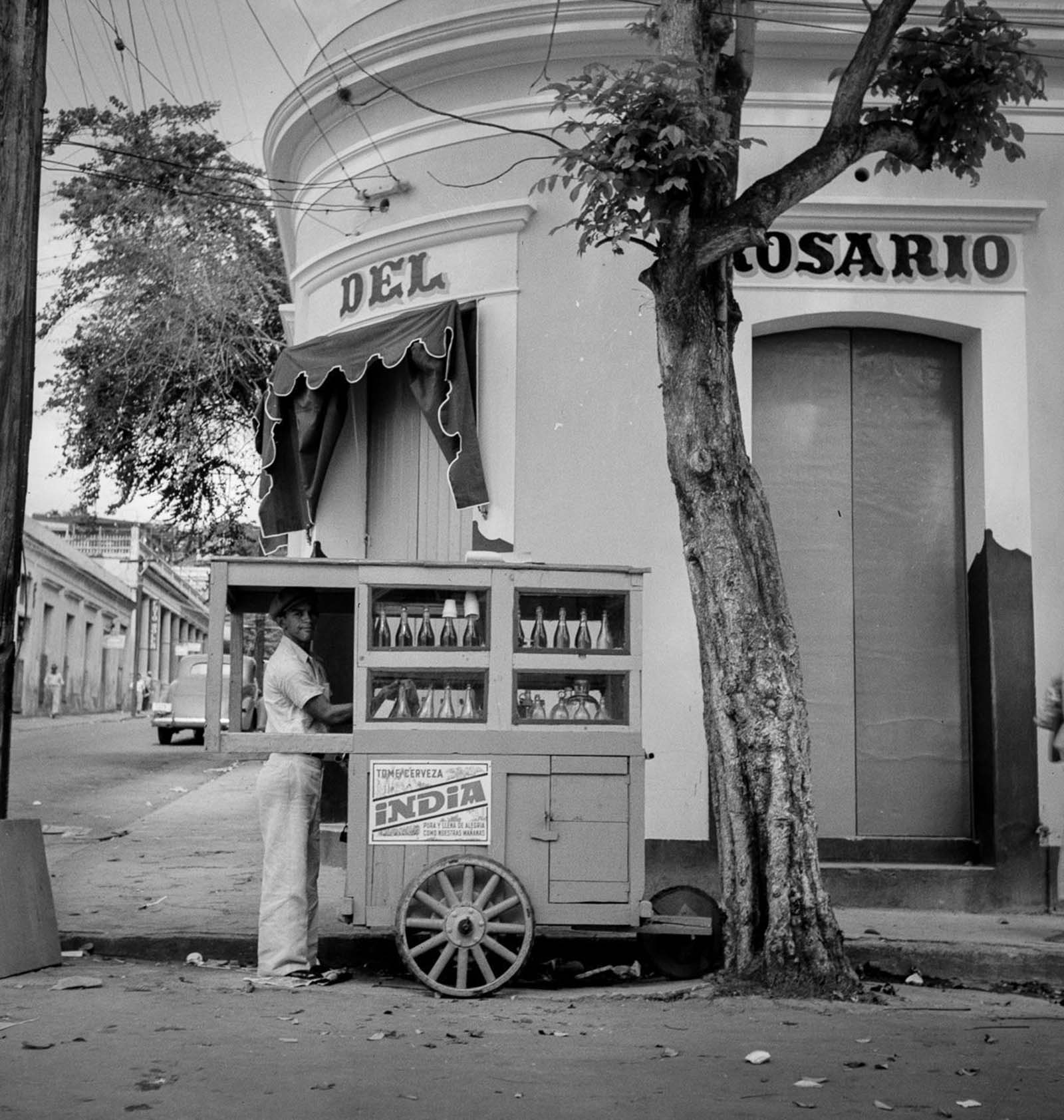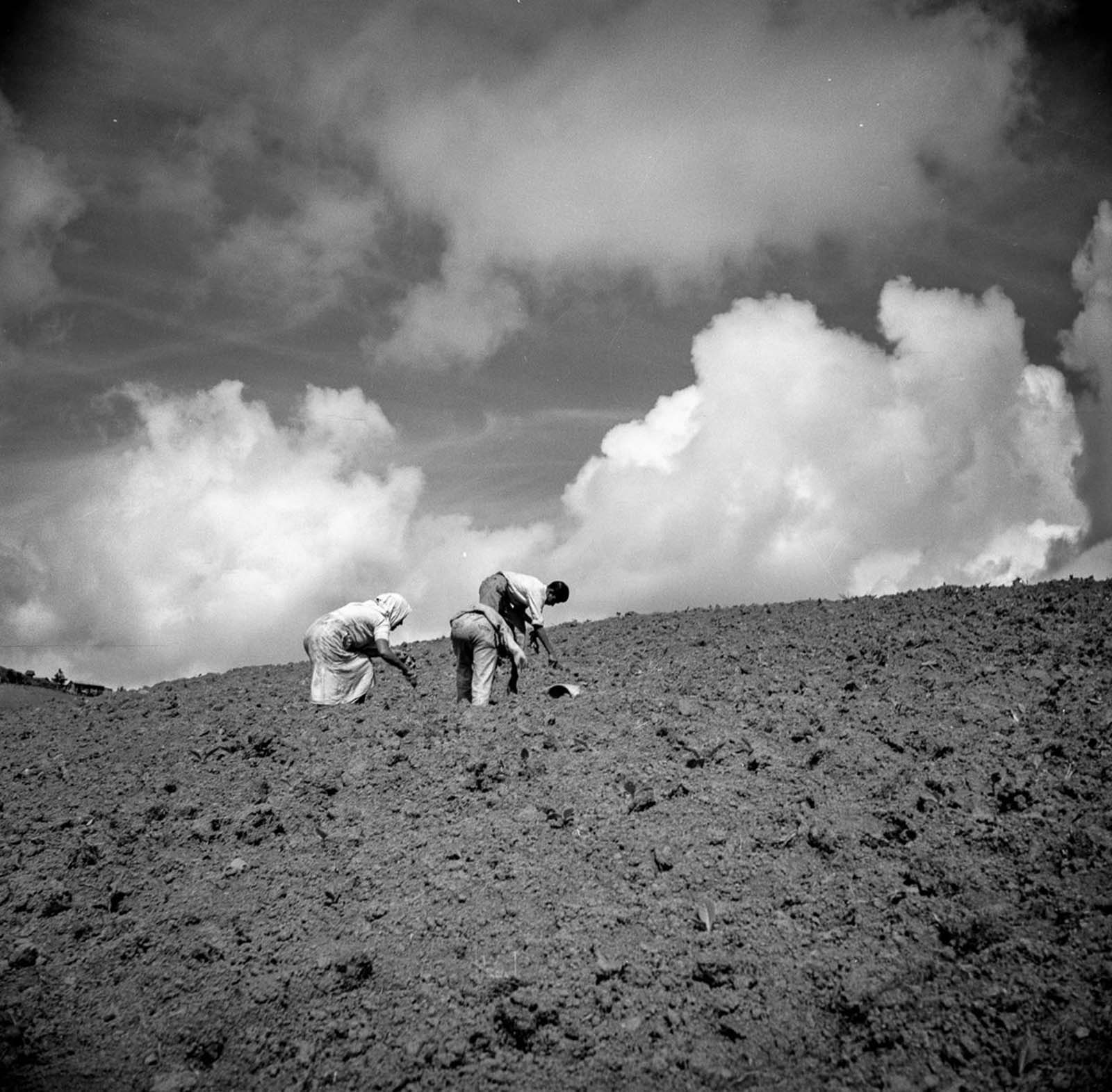The FSA are well known for the influence of their photography program. Photographers and writers were hired to report and document the plight of poor farmers. The Information Division of the FSA was responsible for providing educational materials and press information to the public. Under Roy Stryker, the Information Division of the FSA adopted a goal of “introducing America to Americans.” Created by photographers such as Walker Evans, Dorothea Lange, Russell Lee, Arthur Rothstein, Ben Shahn, Jack Delano, Marion Post Wolcott, Gordon Parks, John Vachon, and Carl Mydans, the photographs of the FSA form an extensive pictorial record of American life between 1935 and 1944. The project generated a remarkable bank of over 200,000 first-hand photographs, generating a memorable record of rural life and displaced Americans coping with being caught in the throes of the natural and man-made disasters of the 1930s. Today regarded as some of the finest examples of modern documentary photography, these images include touching portraits of children, concerned parents, struggling workers, and difficult living situations. In Puerto Rico, coffee was a major industry before the 1940s. Arabica beans were introduced to the island in 1736. Production soared in the central mountainous area after 1855 because of cheap land, a low-paid and plentiful workforce, good credit facilities, and a growing market in the U.S., Spain, and Europe. Decline set in after 1897, and the end came with a major hurricane in 1928 and the 1930s depression. While coffee declined, sugar and tobacco grew in importance, thanks to the large mainland market. The island’s social and economic structure modernized after 1898, with new infrastructure such as roads, ports, railroads and telegraph lines, and new public health measures. The high infant mortality death rate of the late 19th century declined steadily, thanks in large measure to basic public health programs. In the 1920s, the economy of Puerto Rico boomed. A dramatic increase in the price of sugar, Puerto Rico’s principal export, brought cash to the farmers. As a result, the island’s infrastructure was steadily upgraded. New schools, roads and bridges were constructed. The increase in private wealth was reflected in the erection of many residences, while the development of commerce and agriculture stimulated the extension of banking and transport facilities. This period of prosperity came to an end in 1929 with the onset of the Great Depression. At the time, agriculture was the main contributor to the economy. Industry and commerce slowed during the 1930s as well. The problems were aggravated when on September 27, 1932, Hurricane San Ciprián struck the island. Exact figures of the destruction are not known but estimates say that 200–300 people were killed, more than a thousand were injured, and property damage escalated to $30–50 million ($560 million to $940 million as of 2019). The agricultural production, the principal economic driver for the island, came to a standstill. Under President Franklin D. Roosevelt’s New Deal, a Puerto Rican Reconstruction Administration was authorized. Funds were made available for the construction of new housing, infrastructure, including transportation improvements and other capital investments to improve island conditions. In 1938, a new federal minimum wage law was passed, establishing it at 25 cents an hour. As a consequence, two-thirds of the island’s textile factories closed because they could not be profitable while paying workers at that level. (Photo credit: Library of Congress). Notify me of new posts by email.
Δ Subscribe


